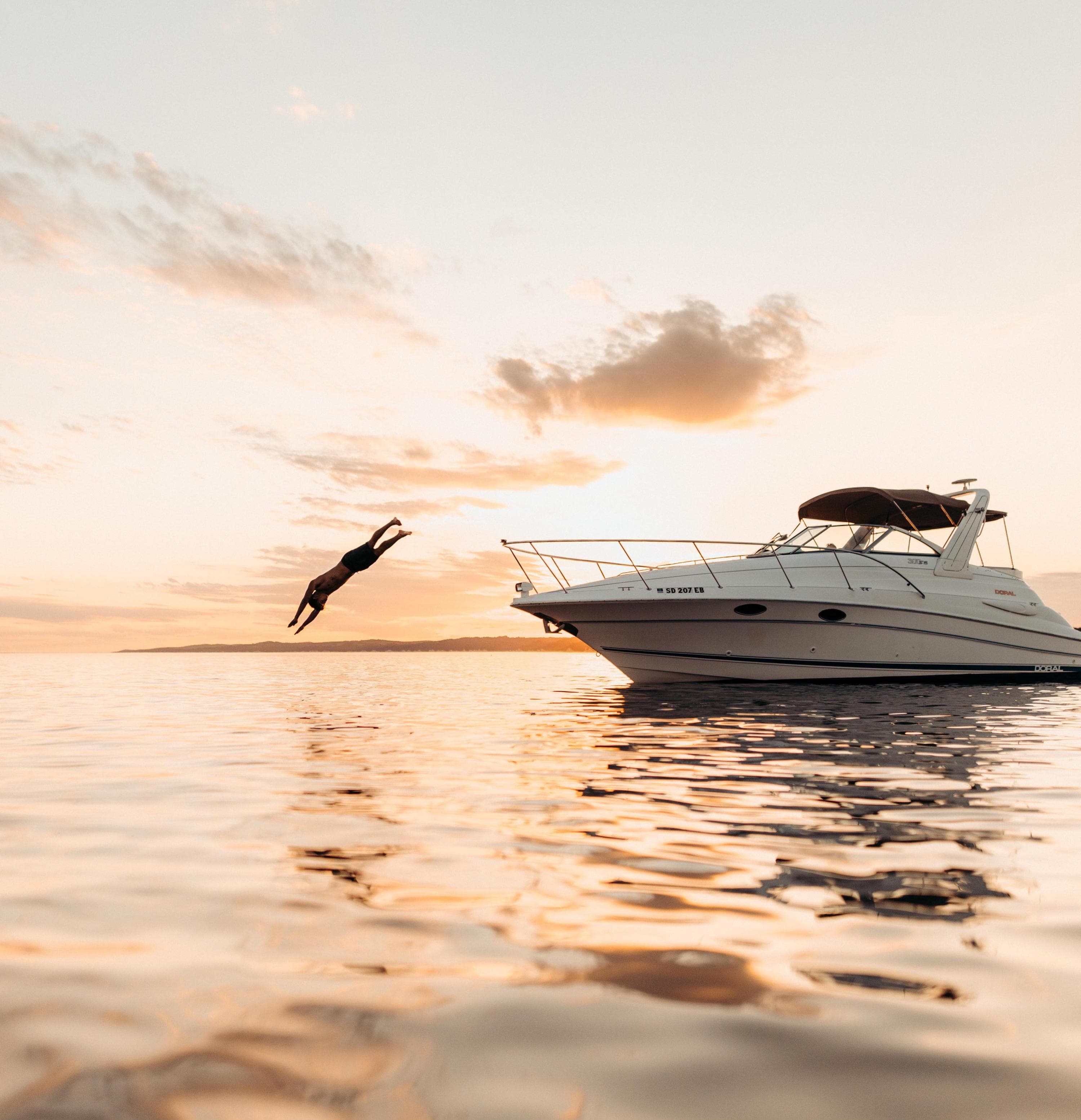
Lewis and Clark Lake, near Yankton
A Water-Lover's Guide to South Dakota Lakes & Rivers
Make a splash in South Dakota. With lakes stretching to the horizon and rivers meandering from peaks and valleys, our state treats water-loving travelers to boating, fishing, kayaking, paddleboarding and more.